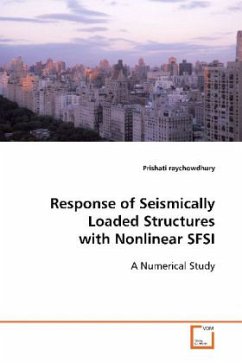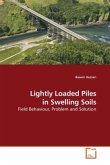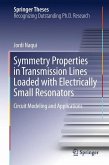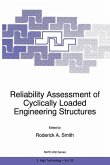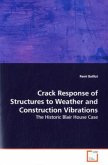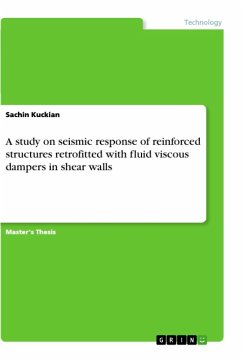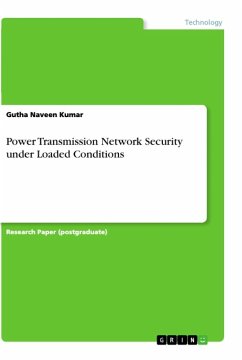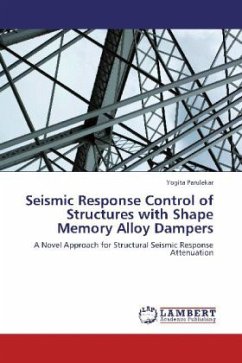In this work, a numerical model based on the Beam-on-
Nonlinear-Winkler-Foundation (BNWF)
concept is developed to capture complex foundation
behavior. Evaluation of the model and associated
parameter selection protocol is conducted using a
suite of centrifuge experiments. Following the model
validation, input parameter sensitivity is
investigated using tornado diagram analysis and the
First-Order-Second-Moment method. Among the
parameters required for the BNWF modeling, the
vertical tension capacity and friction angle have
the most significant effect on the capability of the
model to capture force and displacement demands. The
model is then exercised by studying the response of
shearwall-foundation and shearwall-frame-foundation
systems. These analyses indicate that if reliably
quantified and designed, SFSI has great potential
for reducing system level seismic forces and inter-
story drift demands. Finally, the proposed model is
implemented within the framework of OpenSees (an
open source finite element software package
developed by the Pacific Earthquake Engineering
Research center) to encourage its use within
engineering community.
Nonlinear-Winkler-Foundation (BNWF)
concept is developed to capture complex foundation
behavior. Evaluation of the model and associated
parameter selection protocol is conducted using a
suite of centrifuge experiments. Following the model
validation, input parameter sensitivity is
investigated using tornado diagram analysis and the
First-Order-Second-Moment method. Among the
parameters required for the BNWF modeling, the
vertical tension capacity and friction angle have
the most significant effect on the capability of the
model to capture force and displacement demands. The
model is then exercised by studying the response of
shearwall-foundation and shearwall-frame-foundation
systems. These analyses indicate that if reliably
quantified and designed, SFSI has great potential
for reducing system level seismic forces and inter-
story drift demands. Finally, the proposed model is
implemented within the framework of OpenSees (an
open source finite element software package
developed by the Pacific Earthquake Engineering
Research center) to encourage its use within
engineering community.

